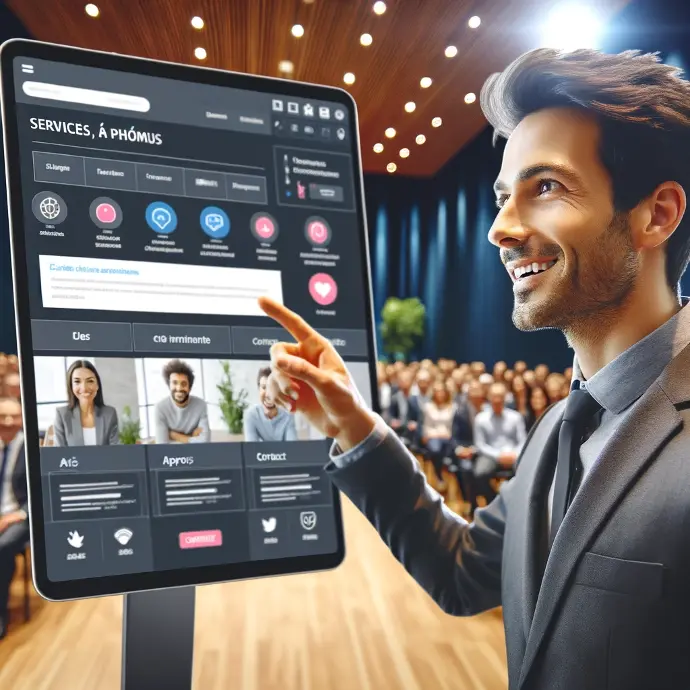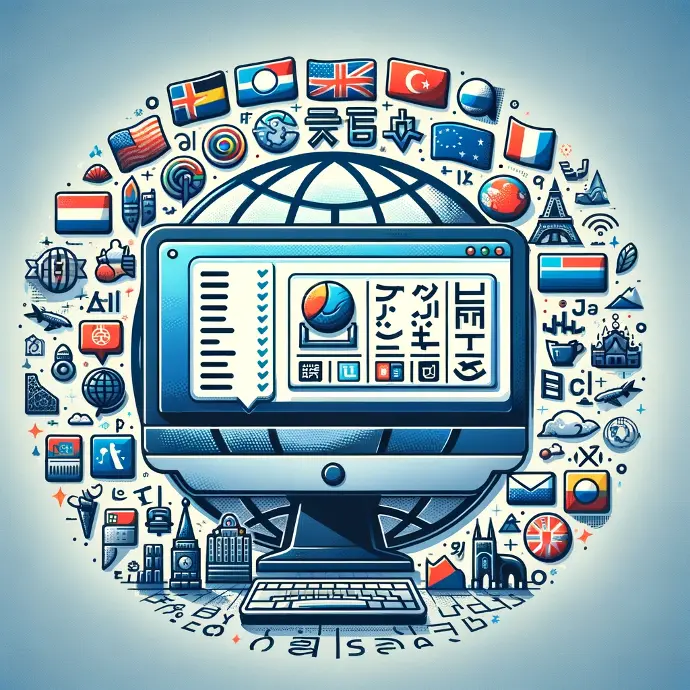"Think globally, act locally "
This is the purpose of a translation. The reader of your documentation
must feel that your offices or factories are two blocks away from their
home and that you can speak their language.
More than 30 years of experience serving large international groups with their variety
of requirements, technical environments and areas of specialization.

Technical documents translation
The translation of technical documents is
the core of the DAT business. It is also the area where DAT has
accumulated most of its competitive edge: skills, experience, human
resources and assets, represented by hundreds of millions of validated
sentence segments, stored in translation memories in more than 30
languages and as many domains.
Our customers benefit from
these achievements in terms of reliability, lead time and, above all,
cost. Some of our customers already pay only 30 or 40% of the cost of
translating their technical documents.
These productivity and cost gains will further develop with the interconnection of translation memories and neuronal machine translation systems.
Website localization
Website localisation is certainly a
necessity of our time, but it is far from being a simple translation,
especially if the site is to be used for marketing purposes. It is about
making it "familiar" to the foreign reader, as if it had been created
in their own language. This is where the term "localization" comes from.
It is also a matter of avoiding any allusion or idea that may shock the
local reader, and as far as possible borrow from the local language the
few expressions that make the site "friendly".
This is the service that DAT provides to its customers.

Software localization
Software localization is not a translation.
This involves adapting the user interface, error messages and the Help
system to local terminology. It would thus be inappropriate to use
different terms for the same function between a common word processor
interface and a new software.
Other constraints are
necessary in the localization of software, such as the length of the
labels in relation to the space provided and consequently the choice of
standard abbreviations in the host country.
Where tags are used in
software data, other constraints are placed on the integrity of the tags
(XML for example) so as not to make the data file unusable.
And this is where DAT's experience and skills are essential to our customers


Consolidation of translation memories for reuse in LLM models
While your products have evolved over time,
your foundation has not changed dramatically. If you produced scanners
for twenty years, you will surely continue to produce scanners that are
more advanced and more sophisticated, but their basic technology likely
remains very similar.
Your user manuals and
maintenance manuals obviously reflect this evolution, but the basic
terminology and essential functions remain the same. This is why it
would not be advisable to lose all this knowledge every time equipment or software evolves.
DAT can assist you in putting all this knowledge in a memory, by language, which will serve as a quality repository for new translations and will ensure cost savings and a guarantee of homogeneity over time.